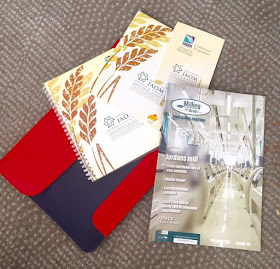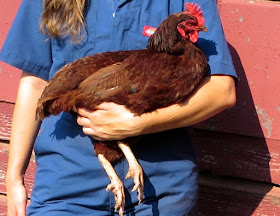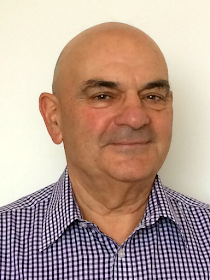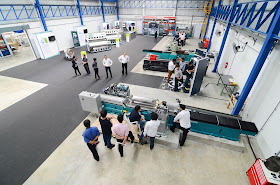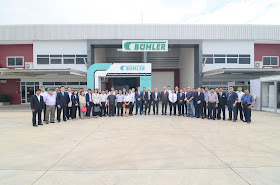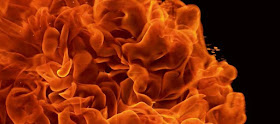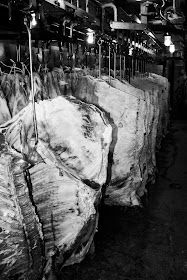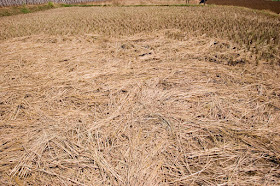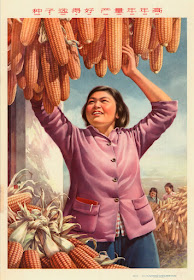The US rendering industry collects and safely processes well
over 50 billion pounds of animal by-products each year, converting these
materials into fats and proteins used in animal feed, pet food and fuels. The
rendering industry provides services for the safe collection of these materials
and uses heat to dehydrate and separate the fat and solid materials. Rendering is a green, sustainable and vital part of the agricultural chain.
The two-day International Rendering Symposium, sponsored by
the National Renderers Association and held in conjunction with the
International Production & Processing Expo (IPPE), will focus on the
opportunities and challenges to the industry today.
The symposium will begin
with a virtual tour of a rendering plant followed by discussions of the
usefulness and importance of rendered products in animal feed, pet food and
aquaculture.
The implications for rendering of the Food Safety Modernisation
Act, called the 'Most significant change in FDA regulation of feed since 1958,'
will be discussed along with how rendering influences sustainability, quality, and
safety of animal and pet food. Challenges and opportunities with the media will
also be addressed, and a networking reception will be held from 5-7 pm, on
Thursday evening, January 28, 2016, following the first day’s program.
The fee for the symposium is US$200 for registered IPPE
attendees. For the full agenda, click here.
IPPE is expected to attract more than 28,000 attendees and
is a collaboration of three trade shows—International Feed Expo, International
Meat Expo and International Poultry Expo —representing the entire chain of
protein production and processing. The event is sponsored by the American Feed
Industry Association, North American Meat Institute and US Poultry & Egg
Association. More information about IPPE, including registration details,
lodging and education offerings, is available HERE.
International Rendering Symposium
Room B-312
Thursday, January 28, 2016: 12 pm – 5 pm
Friday, January 29, 2016: 9 am – 12 pm
Read more HERE.

